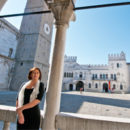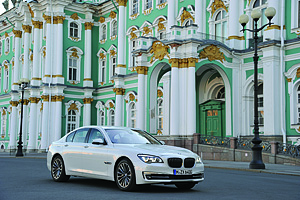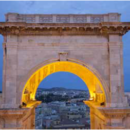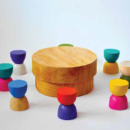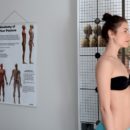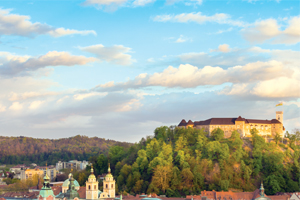
A plea for beauty
After the Breakup of Yugoslavia, Slovenia – a country that combines different cultures in an original manner and has a strong Austro-Hungarian influence – is going through a booming process of development and realignment. We may observe its tumultuous and changing path and its multiple particularities if we take a broad look around, noticing its landscapes, historical spots, streets, buildings… The Slovenian architecture is rich in medieval castles, manor houses, churches and monasteries; its architecture combines the tradition of historical and well-preserved constructions (Ancient Roman vestiges, medieval cities, baroque and neoclassical cities) with modern shapes and trends which highlight the latest technologies.
There are just a few cases in history when the urban plan of a city was thought by only one architect who had designed and built within a few decades new areas inside the existent city by respecting all the rules – such is the case of Ljubljana, Slovenia`s capital. It is impossible to speak about the identity of Slovenian architecture without mentioning the architect Jože Plečnik (1872 – 1957). His work goes beyond the borders of his home country as he made a name for himself in Austria (Vienna) and Czech Republic (Prague) as well. He had studied in Vienna and quickly became a very courageous and creative architect; he approached the historical architecture with his own formal language, providing value to the symbols and highlighting the ethics and the sense of history. The Castle of Prague is Plečnik`s first monumental work; it took him 15 years to finish it and it made him known worldwide. When he was around 50 years old, he came back to his home city, Ljubljana and, through his activities, become a militant for the social importance of architecture and the architect`s role
Read more in The Art of Living magazine printed edition


